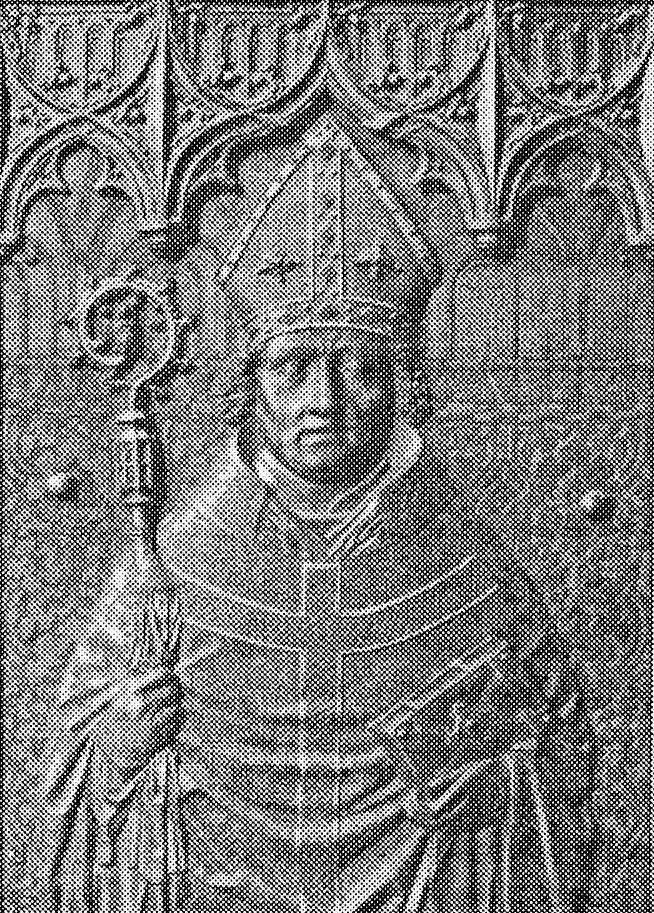|
Jánský Vrch
Jánský Vrch (german: Schloß Johannesberg) is a castle located in the Jeseník District in the Olomouc Region of the Czech Republic. The castle stands on a hill above the town of Javorník in the north-western edge of Czech Silesia, in area what was a part of the Duchy of Nysa. For most of its history the castle belonged to the Prince-bishops of Breslau (Wrocław) in Silesia. History The castle is first mentioned in written sources in 1307, when it was still the property of the Princes of Świdnica. In 1348, Bolko II of Świdnica sold it to the Prince-bishop Preczlaus of Pogarell (1341–1376), and since that time, the castle belonged to Breslau bishops. During the 15th century, the castle was considerably damaged by the Hussites and therefore large-scale repairs were needed. The rebuilding of the castle took place under the rule of Bishop Jan IV Roth, at the end of the 15th century, and it was completed in 1509 by his successor – Prince-bishop John V Thurzó (1506 ... [...More Info...] [...Related Items...] OR: [Wikipedia] [Google] [Baidu] |
Javorník (Jeseník District)
Javorník (; german: Jauernig) is a town in Jeseník District in the Olomouc Region of the Czech Republic. It has about 2,700 inhabitants. The historic town centre is well preserved and is protected by law as an urban monument zone. Administrative parts Villages of Bílý Potok, Horní Hoštice, Travná and Zálesí are administrative parts of Javorník. Etymology The town's name is derived from ''javor'', i.e. "maple". Geography Javorník is located on the border with Poland. The town proper is situated in the valley of the Javornický Creek. The larger part of the municipal territory lies in the Golden Mountains, the eastern part lies in the Silesian Lowlands. The Borůvková hora Mountain on the Czech-Polish border is the highest point of Javorník, with an altitude of . History 13–14th centuries The first written mention of Javorník is from 1290. However, it was probably established earlier, because the Church of the Holy Cross dates from the 1260s. A medieval f ... [...More Info...] [...Related Items...] OR: [Wikipedia] [Google] [Baidu] |
Johann IV Roth
Johann Roth ( pl, Jan Roth; 30 November 1426 – 21 January 1506) was Bishop of Lavant from 1468 to 1482 and Prince-Bishop of Wrocław (Breslau) from 1482 until his death. He was known as a brilliant speaker, humanist and supporter of the arts and learning. Career The son of the shoemaker Seyfried Roth, John was born in the Swabian town of Wemding (in present-day Bavaria). A gifted young man, John studied in Rome with Lorenzo Valla, and then in 1459 at the University of Padua, where he served as rector of the law school and in 1460 earned a doctorate. He befriended Italian humanists including Enea Silvio and held an office in the papal chancery. Johann already served as a secretary of the Habsburg king Ladislaus the Posthumous until his early death in 1457 and then worked in the chancery of Emperor Frederick III who ennobled him in 1464. In 1460 he served as a priest in Sankt Georgen, Austria, in 1464 he was dean of the cathedral in Passau and in 1466 he was made dean ... [...More Info...] [...Related Items...] OR: [Wikipedia] [Google] [Baidu] |
Museums In The Olomouc Region
A museum ( ; plural museums or, rarely, musea) is a building or institution that cares for and displays a collection of artifacts and other objects of artistic, cultural, historical, or scientific importance. Many public museums make these items available for public viewing through exhibits that may be permanent or temporary. The largest museums are located in major cities throughout the world, while thousands of local museums exist in smaller cities, towns, and rural areas. Museums have varying aims, ranging from the conservation and documentation of their collection, serving researchers and specialists, to catering to the general public. The goal of serving researchers is not only scientific, but intended to serve the general public. There are many types of museums, including art museums, natural history museums, science museums, war museums, and children's museums. According to the International Council of Museums (ICOM), there are more than 55,000 museums in 202 countrie ... [...More Info...] [...Related Items...] OR: [Wikipedia] [Google] [Baidu] |
